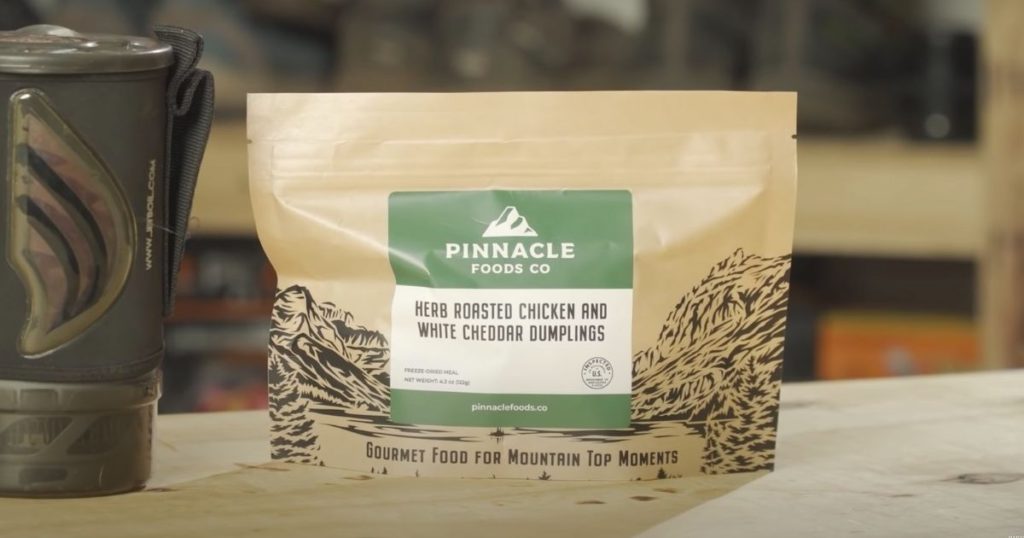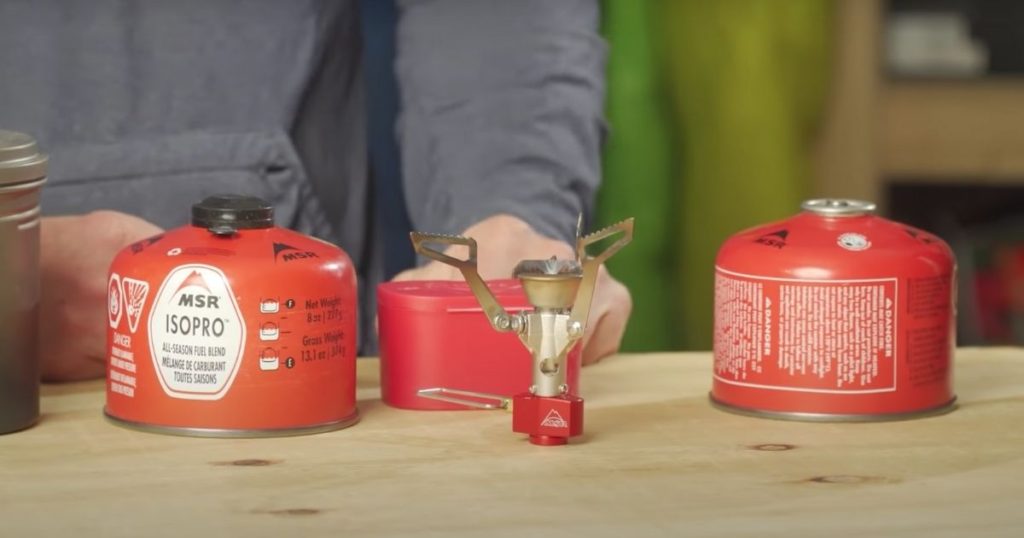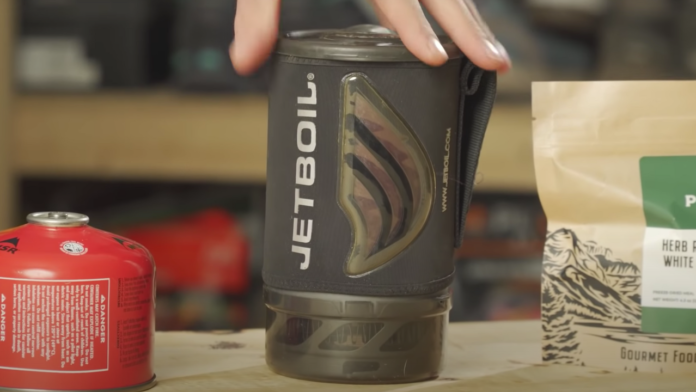The Jetboil has become the go-to stove for many backpackers. It boils water incredibly fast and has highly efficient heat transfer, which therefore saves on fuel. These selling features are no doubt what captures the attention of the camping community, myself included. For the last several years I shifted almost exclusively to using the Jetboil. But behind the catchy perks is a more complicated story. Rapidly boiling water limits meal preparation to essentially dehydrated, or freeze-dried meals. This might seem fine for the first weekend outing, but what about the next one? And the one after that? What about a longer trip when you have a tentmate constantly turning his sleeping bag into a Dutch oven?
Cooking in the backcountry is underrated. It's cheaper, healthier, and what's the big rush anyway? What else are you gonna do once you reach camp? I think Jetboil has its time and place, but I'm here to make the case for an alternative method – namely, the PocketRocket.

The root of the Jetboil problem
Constantly using my Jetboil led me to develop some bad habits. It began with delight over how quickly I could make my morning coffee, but it soon devolved into a drug-like dependency on prepackaged meals. Some of these dehydrated dinners have gotten pretty tasty over the years but they're still expensive, they're still hard on the gut, and they tend to be an absolute sodium bomb. None of these components promote a sustainable hiking career. And on a more subjective note, I just find that store-bought sustenance limits the creativity of backpackers.
Alternative to Jetboil is the PocketRocket
Lately, I've been on a PocketRocket kick. I have the 2nd version, which is super cheap (less than half the price of a Jetboil), featherlight (2.6 oz), fits in a slick, hard case container, and it allows me to use a more diverse array of pots and pans. If it's a quick, solo trip, I may still decide just to bring a slim, Jetboil-esque pot. But I may also pack my 1.9-L Alpha Pot, which allows me to cook real, actual food – something that has become a forgotten artform in the backcountry.
Some trekkers are mathematical about every ounce they pack and may be surprised at the comparative breakdown. To the naked eye, the Jetboil looks like a more sensible option, but at 13 oz, it's actually heavier than my PocketRocket and Alpha Pot combined.

Get creative when cooking in the outdoors
There are only so many times one can reconstitute some combination of rice and beans. Eventually, I had to put my chef's hat back on and return to making more colorful meals. I tried things like pad thai, fancy mac n' cheese, and various soup and stew options, complete with fresh ingredients (remember those?). This is really only possible with an adjustable flame. If you try to cook with a Jetboil, you're most likely going to end up with a super-charred cake in the bottom of the pot that will not be fun to clean. To be fair, there are attachments that can broaden the scope of the Jetboil, but that's not going to do you any favors in the weight department. There's just something about the back-to-the-roots, and back to the root vegetables (hey oh!) cooking set up, that I love. The PocketRocket is the quintessential cooking system that initially kicked off quality meals in the backcountry.
A possible critique of the big pot approach is just another option for creativity, in my opinion. To the uninitiated, a 1.9-L bucket may look like unnecessary bulk when it comes time to pack for a trip. To me, I just see a protected case to stash my mess-kit, cutlery, and soft goods (i.e. some extra clothing, a pillow, or consumables). The volume of the pot is certainly not wasted space.

A disclaimer for Jetboil fans
I don't want to come across as a hater towards Jetboil. Like I said, I did use it, almost exclusively for the last few years. The reasons for this are easy to highlight. The Jetboil seals nicely to my fuel canister, it self-ignites, it has tremendous heat-transfer efficiency, and it boils rapidly, which is indicated by the nifty color-change signal on the outside of the pot (it turns orange when ready).
The PocketRocket, on the other hand, loses a bit of heat due to the open-flame system. One way to minimize this is to invest in a windscreen. At full blast, it does take a little bit longer to boil, but when I had the two stoves going side by side, it wasn't a huge difference. However, the little bit of heat loss combined with the minor increase in boiling time will translate to using extra fuel, which may eat up some of the base weight savings.

Final thoughts on Jetboil vs PocketRocket
Like most decisions regarding camping gear, there are going to be pros and cons to everything. I can certainly see why so many people have gravitated to the Jetboil stove as of late. I just think there are benefits to doing things a bit slower, and with some added love and intention. After all, isn't that why we're heading out into nature in the first place? The PocketRocket system still allows for much of what the Jetboil offers, but it also opens up the possibility for homestyle cooking, complete with fresh ingredients and perhaps even a pre-planned recipe. It saves on weight, budget, and potential gut-rot from too many dense, pre-packaged meals. The PocketRocket once kicked off the backcountry cooking revolution – perhaps it's time for a resurgence.
I hope you enjoyed this article. For more information, check out all my gear reviews and tips on BackpackingTV.





